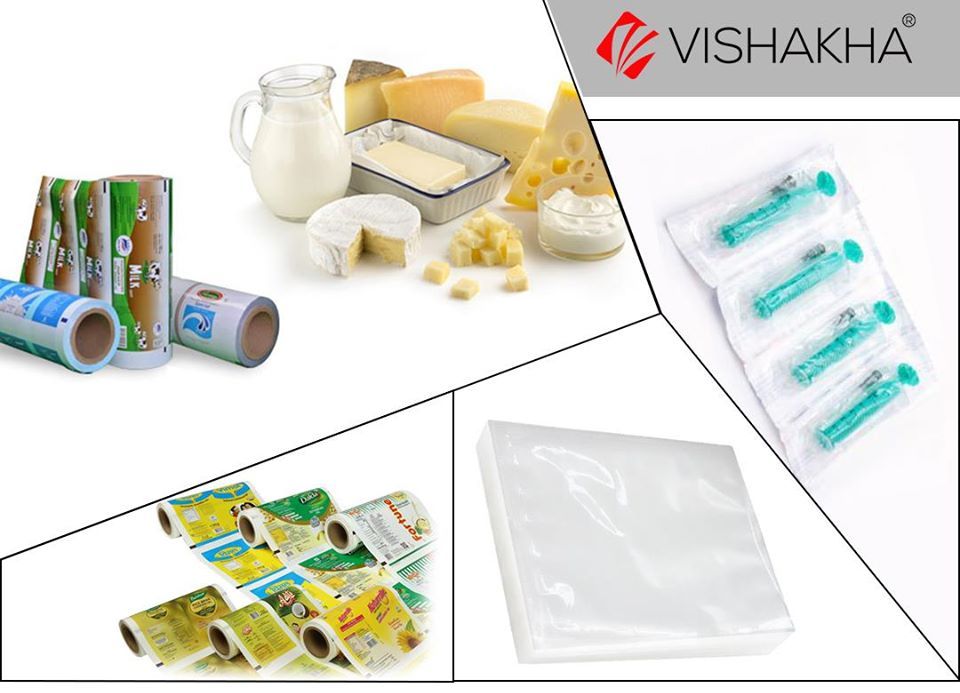May 6, 2024
In today’s world, where environmental sustainability is a growing concern, businesses across industries are seeking innovative solutions to minimize their ecological footprint. One such solution gaining traction is flexible packaging. In this article, we delve into the role of flexible packaging in reducing environmental impact and why businesses should consider making the switch.
Understanding Flexible Packaging
What is Flexible Packaging?
Flexible packaging refers to a versatile form of packaging that is made from various materials such as plastic films, paper, foil, or a combination of these. It is known for its ability to conform to the shape of the product, providing a lightweight and convenient packaging solution.
Benefits of Flexible Packaging
Flexible packaging offers several advantages over traditional rigid packaging, including:
- Exceptional barrier technology
- Environmentally friendly materials
- High portability and safety
- Creative merchandising opportunities
- Cost efficiency
- Enhanced product visibility
- Resealable features for prolonged freshness
Environmental Impact of Flexible Packaging
Energy Efficiency
One of the key benefits of flexible packaging is its energy efficiency. Compared to rigid packaging formats such as cans, tins, and glass bottles, flexible packaging requires less energy to manufacture and transport due to its lightweight and compact design.
Reduced Material Usage
Flexible packaging uses fewer materials than rigid packaging, resulting in reduced waste generation. This not only conserves natural resources but also minimizes the amount of packaging ending up in landfills.
Space and Freight Savings
The compact nature of flexible packaging allows for significant space and freight savings during transportation and storage. This translates to fewer trucks on the road and lower carbon emissions, contributing to a greener supply chain.
Recyclability and Sustainability
Many flexible packaging materials are recyclable, and advancements in recycling technologies are making it easier to recover and reuse these materials. Additionally, manufacturers are increasingly exploring sustainable alternatives such as bio-based and compostable films to further reduce environmental impact.

Consumer Safety and Convenience
Product Protection
Flexible packaging provides excellent protection against external elements such as light, oxygen, moisture, and microbes, ensuring product integrity and safety throughout the supply chain.
Convenience Features
With features like resealable closures and easy-open designs, flexible packaging enhances consumer convenience while minimizing food waste by allowing products to be stored and consumed in smaller portions.
Innovation in Flexible Packaging
Technological Advancements
In recent years, there have been significant technological advancements in the field of flexible packaging. These innovations have led to the development of more sustainable materials, improved barrier properties, and enhanced printing capabilities, further reducing the environmental impact of packaging.
Bio-Based Materials
One notable advancement is the emergence of bio-based materials derived from renewable sources such as plant-based polymers and compostable films. These materials offer a promising alternative to traditional petroleum-based plastics, reducing reliance on fossil fuels and promoting a circular economy.
Recycling Infrastructure
Efforts are also underway to improve recycling infrastructure and increase the recyclability of flexible packaging. Collaborations between industry stakeholders, government agencies, and recycling facilities aim to streamline collection and processing methods, making it easier for consumers to recycle flexible packaging materials.
Future Outlook
Growing Demand for Sustainable Packaging
As consumers become increasingly environmentally conscious, there is a growing demand for sustainable packaging solutions. Flexible packaging, with its eco-friendly attributes and innovative features, is well-positioned to meet this demand and drive positive change in the packaging industry.
Regulatory Initiatives
Governments around the world are implementing regulations and incentives to promote the use of sustainable packaging materials and reduce single-use plastics. These regulatory initiatives are expected to accelerate the adoption of flexible packaging and encourage businesses to prioritize environmental sustainability in their packaging strategies.
Collaborative Efforts
Collaboration between industry stakeholders, including manufacturers, retailers, and packaging suppliers, will be essential in driving innovation and implementing sustainable packaging solutions. By working together to share knowledge, resources, and best practices, the industry can overcome challenges and create a more sustainable future.
Conclusion
In conclusion, the role of flexible packaging in reducing environmental impact cannot be overstated. Its energy efficiency, reduced material usage, recyclability, and consumer safety features make it a sustainable choice for businesses looking to minimize their carbon footprint. By embracing flexible packaging solutions, companies can contribute to a greener future while meeting the evolving needs of consumers and the planet.

